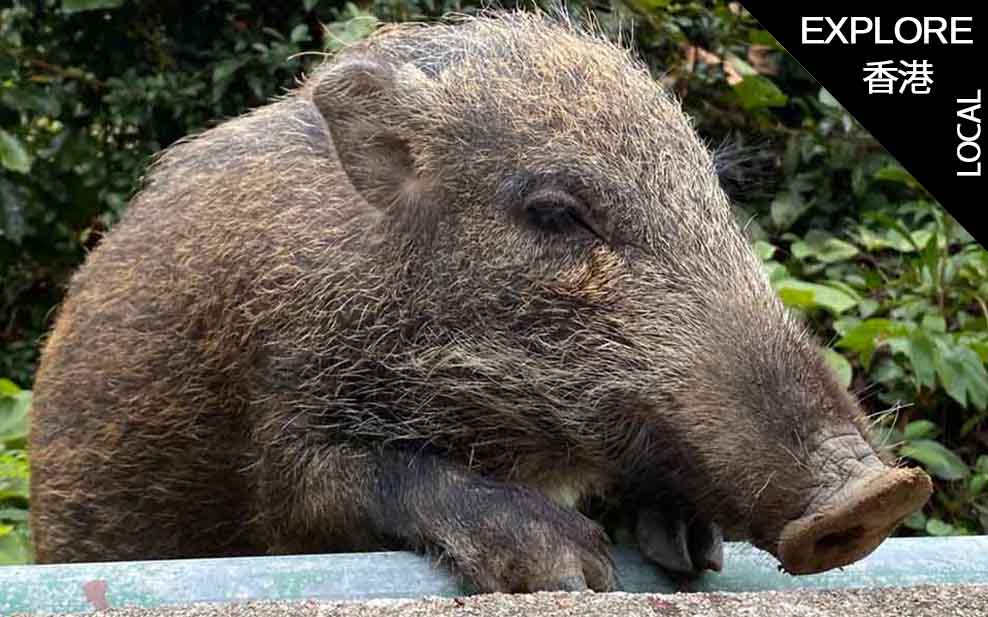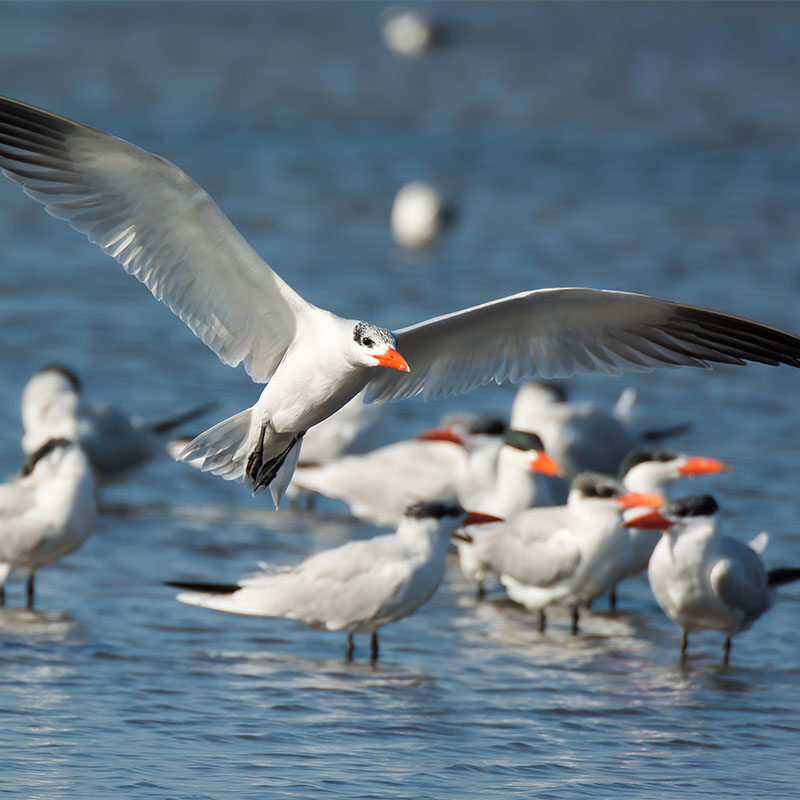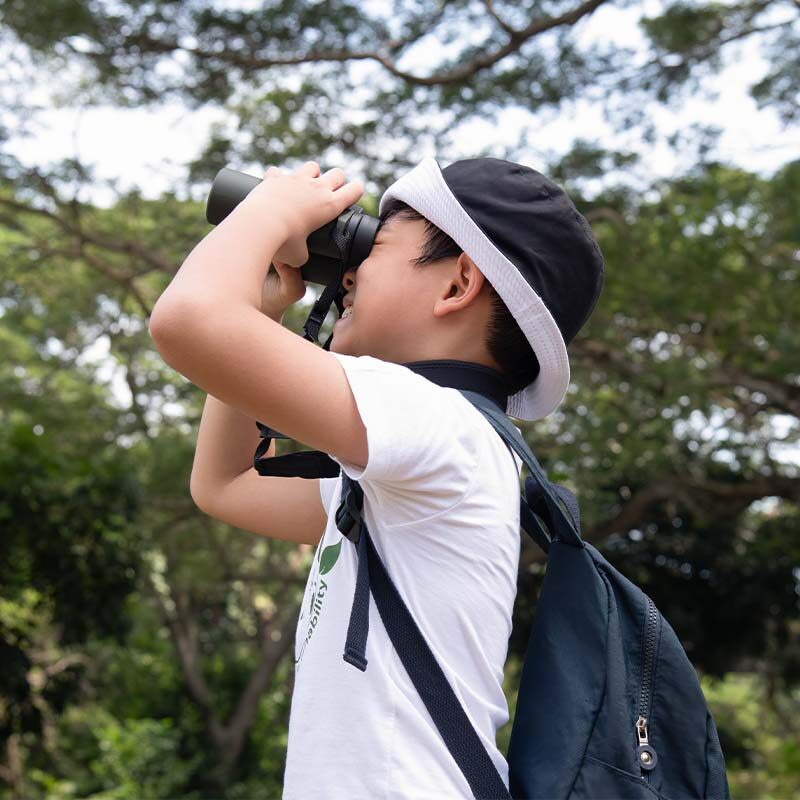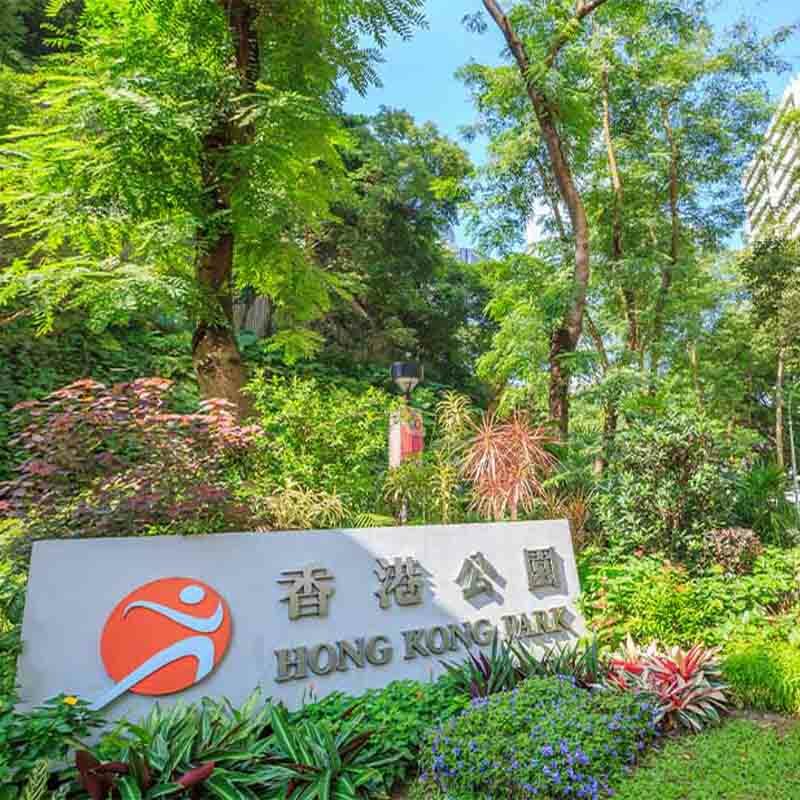If you’ve lived in Hong Kong for a long time, you might have noticed that in recent years, our so-called concrete jungle seems to have gained some much wilder residents. Within at least the last decade, animals that once seemed confined to the country parks have started venturing more and more into even the most urbanised and unusual habitats for them, from the streets of Fo Tan and Central to shopping centres and MTR stations. Such sightings have become so commonplace in Hong Kong that news reports, social media posts and word-of-mouth stories of wild boars and porcupines roaming the city streets feel almost routine by now.
Reactions to this have been mixed. Some people have welcomed it as an amusing curiosity, whereas others have reacted more negatively and even violently towards wildlife in the urban fringe. But regardless of our feelings towards them, these animals are not going to go away. If anything, the more we encroach on their habitats and the more accustomed they become to us (for good or for ill), the more our paths are going to cross. So if we are to coexist as peacefully as possible with the species wandering our streets and neighbourhoods, we first need to properly educate ourselves about them.
That’s why in this article, we will introduce you to some of the more common urban wildlife in Hong Kong, explain why they sometimes end up in the city and how we can alter our own behaviors to reduce negative interactions with them.
Wild Boar
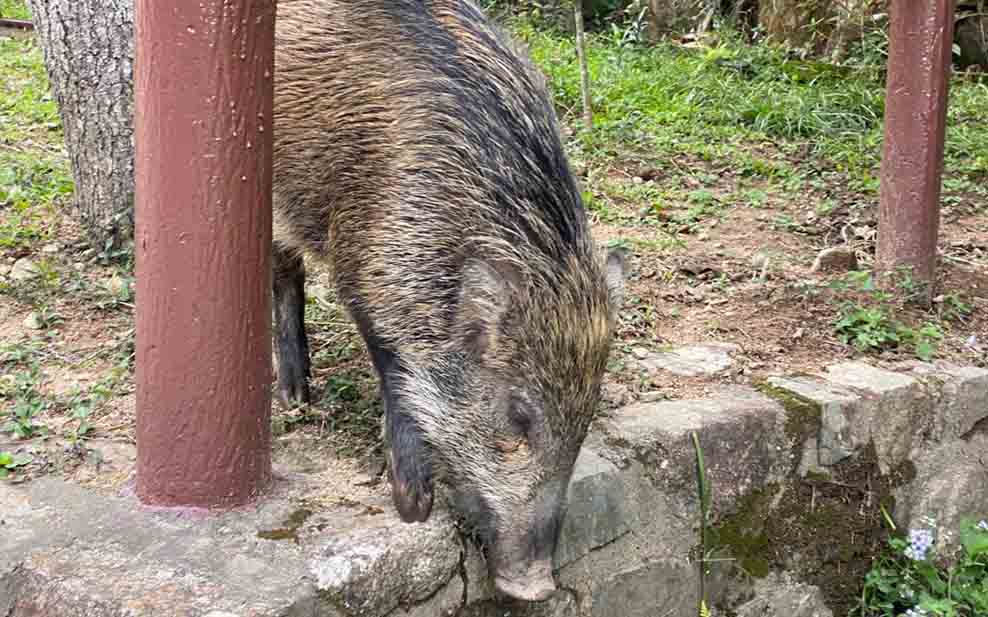
Reaching up to 350 kg, the wild boar is Hong Kong’s largest native land mammal and one of its most adaptable, able to live in a wide range of habitats and eat almost anything from plants to small quantities of animal matter. Males usually live alone, but females and young may form groups of 20 or more individuals. Unlike most large mammals, wild boars and their relatives give birth to large litters of young, meaning that their populations can rise dramatically in a fairly short space of time.
One possible reason for the greater presence of wild boar in urban areas is population increase. With few natural predators left and a high reproductive rate, Hong Kong’s wild boar population has gone from an estimated 6 family groups on Hong Kong Island in the 1960s to around 1,800 to 3,000 individuals today. These higher densities combined with relatively small areas of natural habitat may in turn cause overspill of individual boars into the less populated urban fringe, where there is less competition for resources.
However, the bigger draw of urban areas to wild boars is food, particularly that which we humans provide for them, directly or indirectly. Improperly secured rubbish bins are a favourite target for boars looking to scavenge food waste. Moreover, active feeding of boars by humans has become fairly common in recent years, with feeding being reported at over 80 locations throughout Hong Kong Island and the New Territories.
East Asian Porcupine
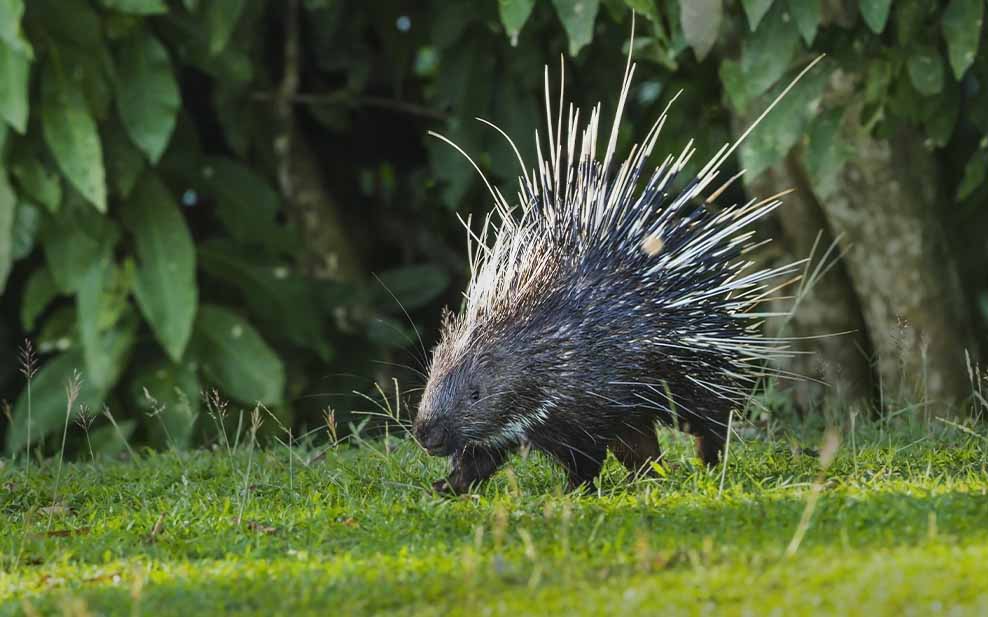
Instantly recognisable from their long, sharp quills and strong, musky smell, porcupines are usually seen alone or in mated pairs, but can form family groups of up to 8 individuals. When threatened, they first rattle their quills and stamp their feet as a warning to stay away, but if that doesn’t work, they will run backwards and ram their quills into their potential attacker. Despite this however, they are generally not aggressive animals.
Much like wild boars, porcupines can live in a wide range of habitats and have become an increasingly common sight in urban Hong Kong, particularly in neighbourhoods on the Peak. And as with wild boars, population overspill and food both play a role in porcupines venturing into urban areas. Many of the places where porcupines are spotted have naturally high populations, while parks and gardens (particularly ones with vegetables) make attractive places to feed, hide and dig burrows in. Living close to well-lit roads has made some of these nocturnal animals more accustomed to light, making them less shy of wandering into urban areas.
However, not all urban porcupines are there by choice. Some fall into drainage channels and –unable to escape– are later washed into the city during heavy rainfall. Others trying to cross roads may become disorientated by railings blocking their way into the forest, and will run along the road looking for a (usually) non-existent gap in the railings until they reach an urban area.
Snakes

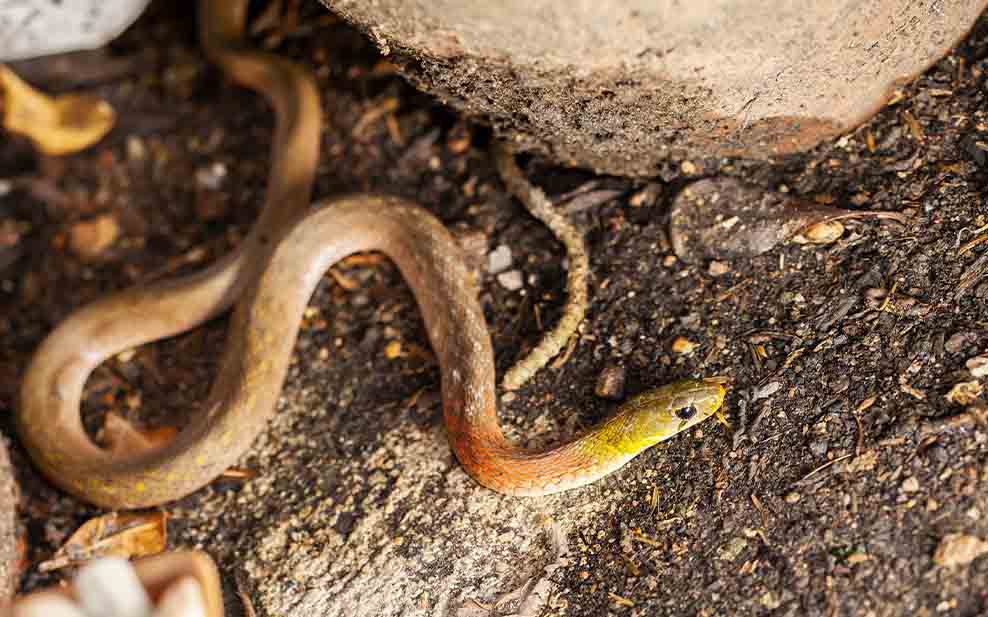
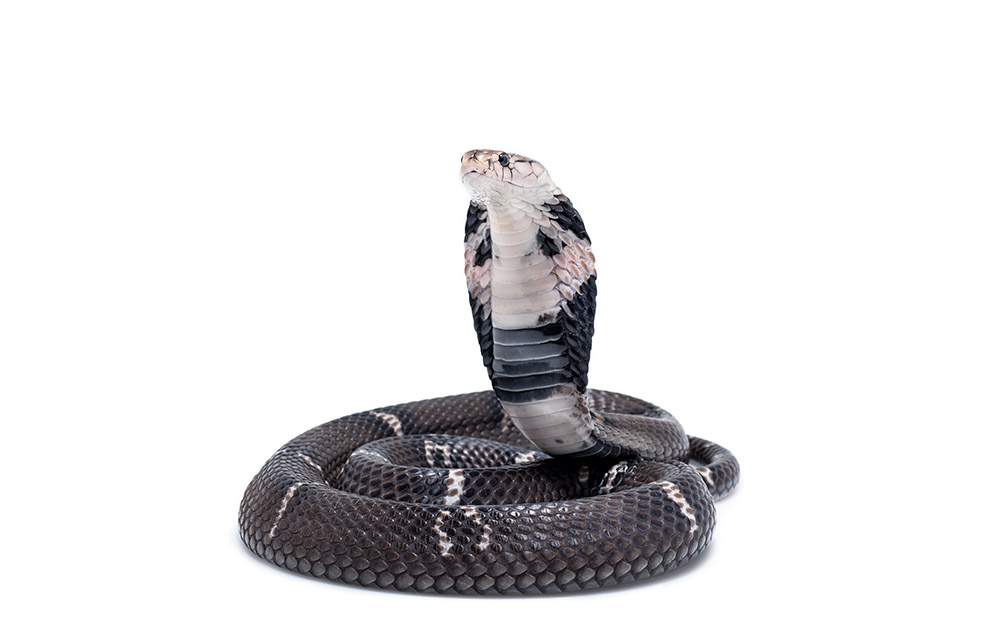
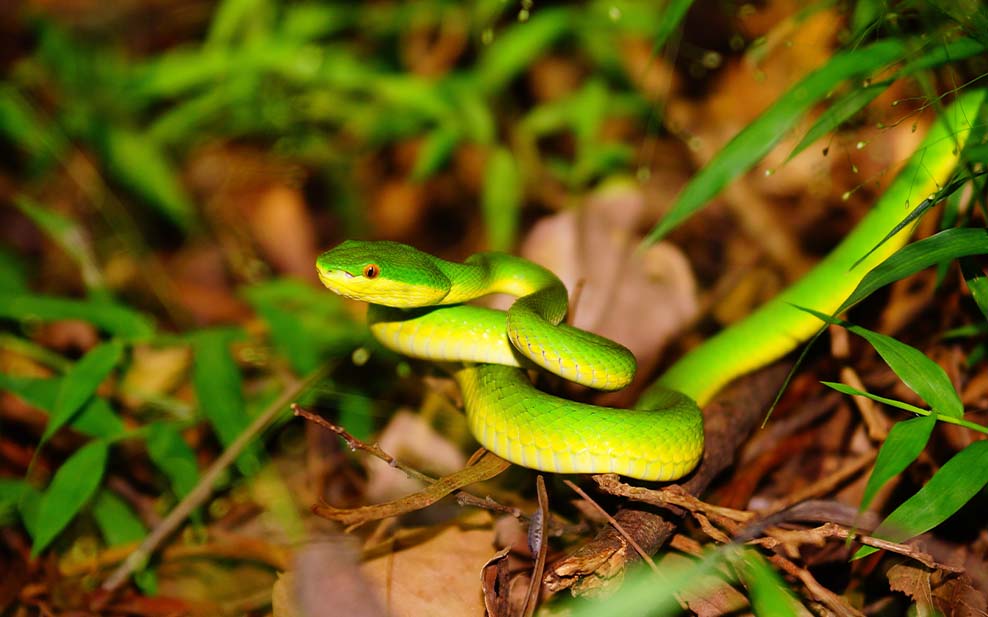
Hong Kong is home to over 50 species of snake and in summer when the temperatures are at their highest, these cold-blooded animals are at their most mobile, moving in search of food or a mate. However, this also means that some of them accidentally end up in and around people’s homes, particularly those bordering rural areas. The most commonly reported snake species in (sub)urban areas are Burmese pythons, red-necked keelbacks, Chinese cobras and bamboo pit vipers, the latter three of which are venomous. However, a bite from most of them (save for the cobra) is unlikely to be fatal.
Bonus: Masked Palm Civet
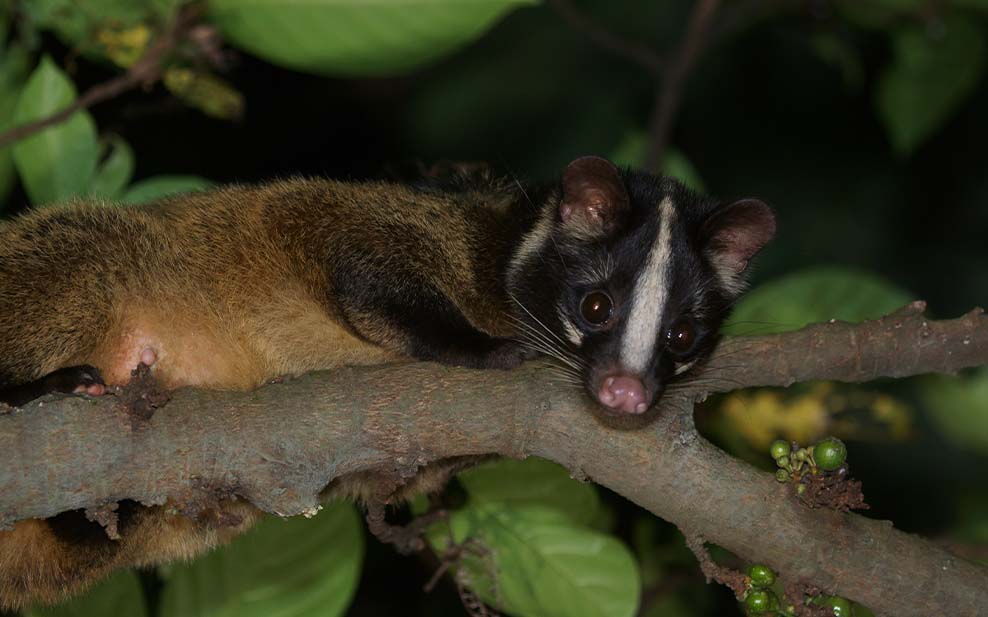
One of two civet species in Hong Kong, the masked palm civet spends most of its time in the trees and feeds largely on fruit. However, it will also come down to the ground to forage for other foods, like insects, reptiles and small mammals. During the day, it usually sleeps in tree holes or in forks in the branches and when threatened, it will spray predators with a noxious secretion from a gland on its anus like a skunk. It is found across much of Hong Kong (though not Lantau), but is most abundant in western Hong Kong Island.
Although one of the rarer urban mammals in Hong Kong, sightings of masked palm civets by city dwellers do occur here. In some cases, these may be illegally kept pets escaping from their owners’ homes.
Changing Our Own Behaviour
While understanding our urban wildlife better is an important first step towards coexistence, a much more important one is knowing how to behave around them in ways that reduce harm to both parties.
In terms of avoiding conflict, the easiest and most effective behaviour is to simply leave animals alone. Snakes that enter houses and gardens usually leave of their own accord provided they have an escape route and most snakebites happen to people trying to kill or harm them. Likewise, so-called ‘attacks’ by wild boars on humans can be triggered when the former are provoked by the latter. Fortunately, when it comes to boars at least, leaving urban wildlife alone is something that many Hong Kongers already seem to be doing.
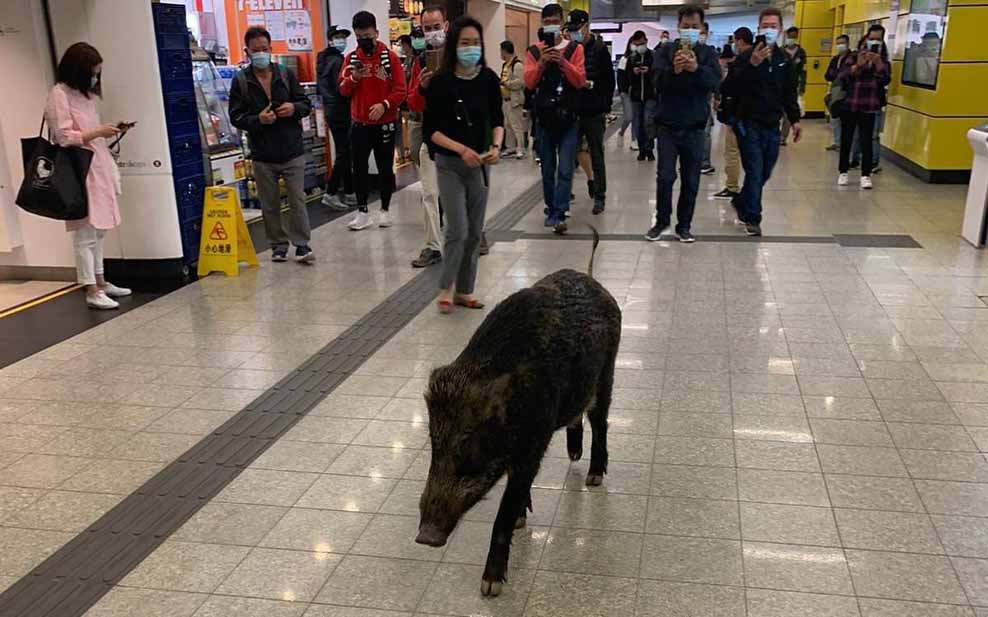
“Something quite remarkable about Hong Kong is that if you look at any of these [internet] videos [of wild boars in urban areas], most people behave very calmly” says Dr. Hannah Mumby, an Assistant Professor in the Division of Ecology and Biodiversity at the University of Hong Kong. “Most people give the boar its space, don’t make a fuss, don’t make a big noise and actually that’s quite a responsible thing to do.”
We also need to recognise when behaviours that we think are good for animals are actually harmful to them. Feeding wild boars, for instance, is often defended as a way of helping them to survive when in fact, it is more likely to make them lose their natural foraging instinct and become too dependent on (usually overly calorific) food from humans. This in turn makes them more likely to make unwanted visits into urban areas and breed hostility from the locals. Indeed, complaints about wild boars have been increasing annually since 2014 and research by Dr. Mumby and others suggests that this is linked to feeding by humans.
“We can all fall into the trap of thinking it’s cute that these animals are here. But if we’re showing concern for their welfare, we should be thinking ‘how is this healthy and how can we ensure that, as much as possible, these animals’ natural behaviour is preserved?’” she says.
Finally, we can also take measures to direct wildlife away from places where they are either not wanted or may be in danger. On an individual level, this can mean putting a fence up around your garden to keep out porcupines, or keeping outside areas tidy to remove potentially attractive hiding places for snakes. On a policy level, it can mean upgrading Hong Kong’s infrastructure to be more wildlife-friendly, such as installing escape routes for animals that fall into drainage channels, or building special road crossings for them that reduce the risk of vehicle collision.
WELL, it’s their home too after all.
Written exclusively for WELL, Magazine Asia by Thomas Gomersall

Thank you for reading this article from WELL, Magazine Asia. #LifeUnfiltered.
Connect with us on social for daily news, competitions, and more.
